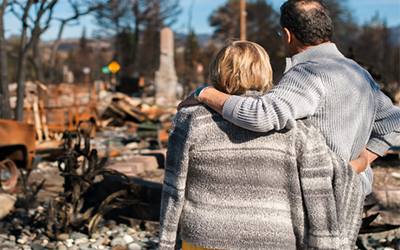
Mental Health Response to Disasters: Human-Created Disasters (Part Two)
Year: 2019 | Competency/Strategic Skill: Program Planning | Priority Topic: Mental Health | Setting: Online | Format: On-Demand | Sponsor: Emory University/Central Office
Overview:
This is a 90-minute recording of a webinar.
This second webinar will discuss a mental health response to human-created disasters. The phases of response to a human-created disaster will be described as well as the factors that lead to resilience. Case studies on recent human-created disasters will be discussed. It will also discuss the relationship between the mental health and public health sectors and how these two groups work together during a human-created disaster.
